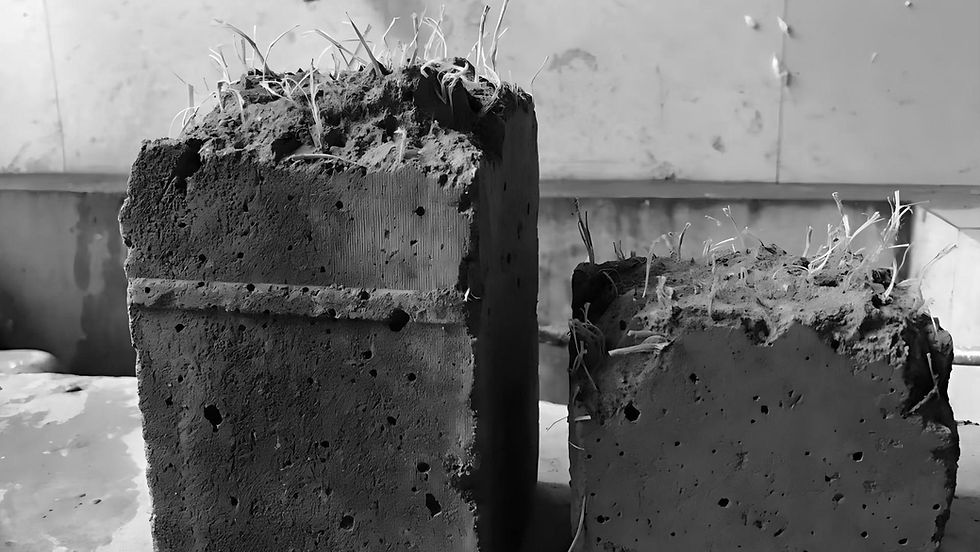Macro Fibers vs Steel Fibers: Toughness & Residual Strength Comparison
- pioneerfiber

- 4 minutes ago
- 2 min read
Suitable for architectural engineers, structural engineers, flooring contractors, precast component manufacturers, and technicians.
Steel fibers have been used for decades as a reinforcement option for industrial floors, pavements, and shotcrete. However, innovative macro synthetic fibers—such as HTM® Mono, HTM® Twist, and HTM® Emb—are redefining how engineers design for toughness and ductility.
This article compares macro synthetic fibers and steel fibers in terms of toughness, residual strength, durability, and cost efficiency.

Structural Behavior: How Each Fiber Type Works
Macro synthetic fibers and steel fibers both provide post-crack reinforcement, but their mechanisms and real-world behavior differ significantly.
Steel Fibers: High Initial Stiffness
Steel fibers offer:
High modulus
Strong initial crack resistance
Good anchorage
But also:
Corrosion risk
Abrasion against mixers
Higher dosage cost
Safety issues (hand cuts, equipment wear)
Macro Synthetic Fibers: Balanced Ductility
Macro synthetic fibers deliver:
High toughness
Strong pull-out energy absorption
Non-corrosive performance
Lightweight, safer handling
Lower environmental and transport cost
Toughness Performance Comparison
Toughness measures how much energy a material absorbs before failure. It relates to post-crack ductility.
Steel Fiber Toughness
High fR1 & fR3
Very stiff load response
Sudden drop after peak load
Macro Synthetic Fiber Toughness
HTM® macro fibers exhibit:
Smoother load transfer
High deflection capacity
More ductile post-peak response
Better crack width control
HW performance (EN 14651):HTM® Twist & Emb can match or exceed steel fiber toughness at equivalent dosages.

Residual Strength: Which Performs Better?
Residual strength (fR) determines real engineering performance.
Steel fibers
High residual strength but sensitive to corrosion and pull-out degradation.
Macro synthetic fibers
Provide more stable performance because:
No corrosion
No long-term degradation
Better crack distribution
Consistent pull-out stability over time
When Macro Fibers Outperform Steel Fibers
Macro synthetic fibers are superior when:
Corrosion is a concern
Weight reduction is needed
Better workability is required
Toughness and ductility are more important than stiffness
Safer installation is preferred
Material cost must be reduced
Applications:
Industrial floors
Pavements
Precast concrete
Logistics warehouses
When Steel Still Performs Better
Steel fibers remain useful when:
Very high initial stiffness is required
Ultra-high performance concrete (UHPC) is used
Impact loading is extreme and requires metallic reinforcement
Macro synthetic fibers provide competitive toughness, higher ductility, and long-term durability without the corrosion risks and handling drawbacks of steel fibers. For most industrial slabs, pavements, and precast applications, fibers such as HTM® Mono and HTM® Twist offer a safer, more cost-efficient alternative.





Comments